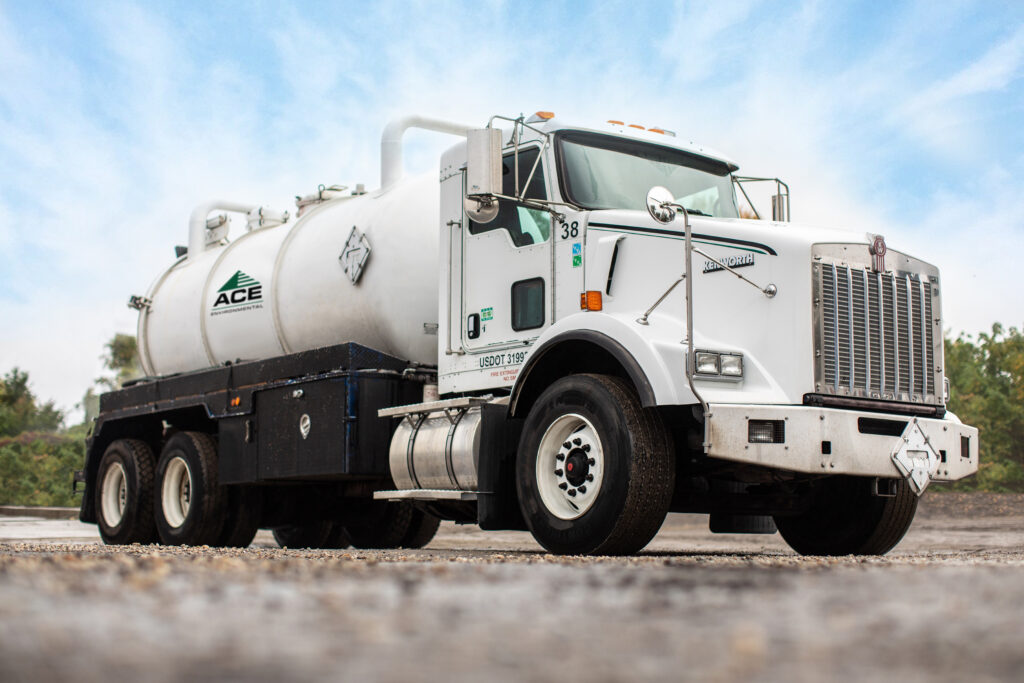If your business uses silos or hoppers, keeping them in optimal condition is key to protecting your material, maximizing your production efficiency, and ultimately driving your overall profit. Regular inspections & cleaning/maintenance by a professional should be on your radar screen every three months. Look for a professional partner that has the right equipment, has built a strong reputation/track record in efficient wet-dry collection techniques, and provides the associated safety measures/equipment to be sure your needs are fully and safely met.
SILO & HOPPER INSPECTIONS
Daily in-house inspections can be regularly performed by you and your team. These regular walk-throughs can spot signs of impending failures due to corrosion, cracking, pitting, air flow issues, and more, allowing you to address these potential problems before they escalate and become something worse.
Fortunately, failures, blockages, or collapses don’t happen overnight. A daily walk-through will reveal signals and warnings you can address before they become expensive, major issues – if you know what to look for:
- A leaking roof can lead to contamination of the material being stored or processed in your silo or hopper, so look for evidence of cracking or peeling in the roof’s coating, or look for wall stains which can also indicate leaking.
- Has water penetration begun to cause corrosion of the roof beams, or is “water ponding” on surfaces leading to deterioration?
- Horizontal, vertical or diagonal cracking in foundations, linings and walls are indications of stress that can lead to component failure or collapse. Inspect for buckling of metal components, exposed rebar, waviness along sheet edges, elongation of the bolt holes, cracks between boltholes, and damage at the vertical seams.
- Is air blowing in or out of vents? Do you see wear patterns or notice vibrations? Is evidence of spillage visible?
- Are the mechanical components, including gates, feeders, and dischargers, working well?
- Check the gaskets for unusual wear and lubricate hinges when needed. Inspect all relief valves and vents to be sure they are clear and operational.
- Are the interior and exterior finishes intact? Check for signs of damage, wear, and corrosion.
Many structural issues can be easily and economically addressed if caught early. Quite a bit of damage is preventable through proactive maintenance and cleaning. Ignoring the beginnings of any issues will create more serious problems that increase your liability and are much more costly to correct.
SILO & HOPPER CLEANING
Whether you use silos & hoppers to store/process gravel, cement, clay, fly ash, or grain products, oftentimes they regularly tend to build-up. Ignoring this build-up is always a mistake, as these accumulations will likely to lead to blockages that create safety concerns, slow production, and decreased profitability. As blockages form, they can reduce capacity up to 50% very rapidly. The appropriate time to address these build-ups is before it becomes a crisis. Avoid the expenses associated with emergency cleanings by setting up and adhering to a regular cleaning schedule..
It’s important to keep in mind that silos and hoppers that are emptied and refilled regularly are less likely to experience issues caused by build-up, than those kept “topped off.” They are also less likely to experience hydration and compacting, the condition that results when moisture mixes with stored materials within the silo and causes them to solidify. Stored materials, especially lime and cement which are highly susceptible, can expand during hydration and compacting, adding pressure on the interior walls which increases the likelihood of structural failure and collapse.
PARTNER WITH A PROFESSIONAL
At ACE Environmental, we regularly clean & maintain silos and hoppers all throughout the Mid-Atlantic, keeping them operating efficiently and eliminating the potential for significant repairs, or catastrophic failures down the road. Many believe extracting the material is the most difficult task in cleaning silos and hoppers, however, it’s usually the accessibility constraints and volume estimates where we have to strategize, coordinate and safely execute with the proper personnel and equipment.
In many cases, if accessibility isn’t provided/available to use, we will bring in a scissor lift to elevate our crew into a more desirable position. Additionally, depending on how much material needs to be extracted – we will utilize and properly position vacuum boxes, which allows our high-powered vacuum trucks/AirMovers/Turbo-Vacs to efficiently extract significant volume. This keeps our teams working, eliminating the constant need of demobilizing off-site to unload material and re-mobilizing to continue extraction. For instance, when a vacuum box is full, we disconnect our hose from the box to truck and reconnect to an empty vacuum box. This process is much quicker than traveling to unload at a disposal facility and returning back on-site to continue production. For a more detailed example of a recent silo cleaning project which required 220 tons of fly ash extraction – check out our case study here!
When minor touch-ups and treatments are not enough to restore your silos to optimal functionality and give you complete peace of mind, don’t hesitate to call in the professionals. ACE Environmental is one of the region’s leading experts in silo and hopper cleaning, and maintenance. Contact us Contact Us – ACE Environmental to schedule your cleaning or create a maintenance schedule today! We’ll ACE it!

